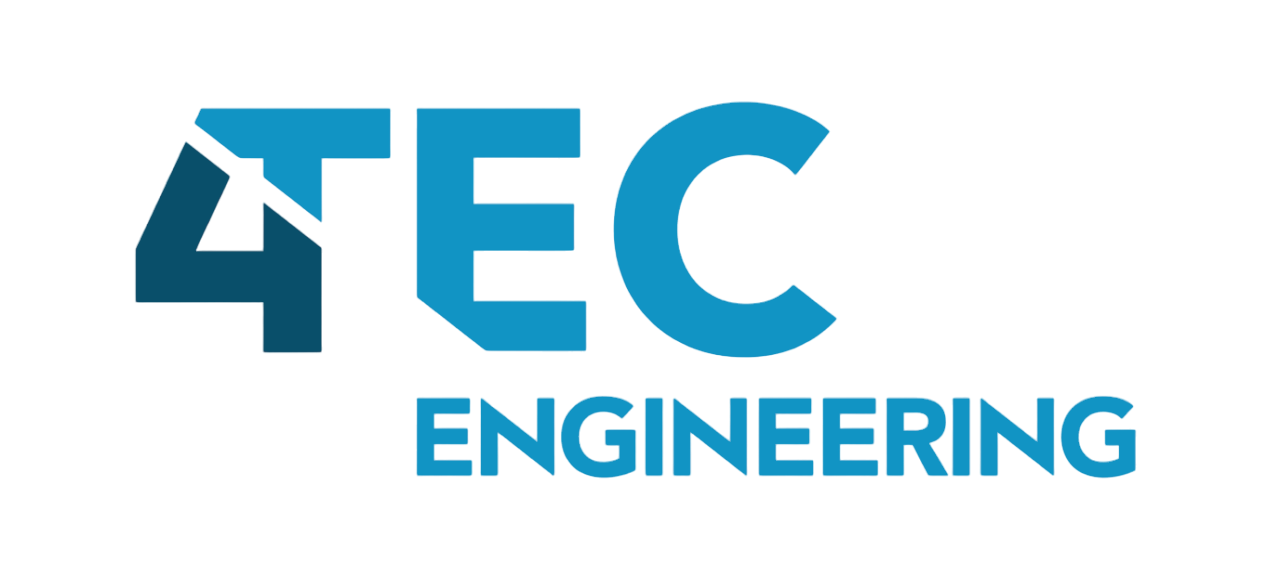How we work
Product development
Whether it's a plastic housing for a small electronics board or a new rail vehicle from scratch, our projects always follow the same scheme.
Together with our clients, we look at which tools we want to use for a specific project in order to achieve the best possible result.

Planning
In the planning phase, the strategy and the time frame of the project are defined. We look at the product from all sides and begin to understand what opportunities and potentials it contains.
Competitor analysis
We get the best products currently on the market and strip them down to their skeleton in our workshop. In the process, we learn what we can do better.
Market research
Together with partners, we look at the market situation and get to know the customers of our clients better. In doing so, we understand what the product has to offer in order to still be relevant in 10 years' time.
ESL
With the "Engineering Specification List" we define the product and determine what the customer receives from us.
Moodboards
Mood boards help us to know where we want to go when making design decisions.
Patent research
We do the initial patent searches ourselves. To make sure that no patents are infringed, we consult experts.
Strategy
Together with our customers, we define the strategy for when which product should be launched on the market.
Brainstorming
We collect all possible and impossible solutions for individual sub-problems.
Engineering concepts
For critical sub-functions, concepts are worked out so they can be compared.
Prototypen
We order milled or 3d-printed prototypes from our partners in order to test and try out the concepts. Or we just make them ourselves. In our workshop there are also quite a few 3d printers and even a small portal milling machine.
Concept validation
At the end of the ideation process, all critical sub-functions have been tested and validated. The functionality of the product is there.
Ideation
Good solutions are usually simple. But evaluating good ideas takes a lot of experience and work. We start with a variety of approaches. Then we start testing, trying, comparing and breaking down into smaller problems. Until in the end everything works as desired.
Development
In the development phase, the product is specified in order that it can be manufactured afterwards. Components are designed, suppliers are sought, assemblies are modelled in CAD, materials, colours and surfaces are defined. In close cooperation with our design partners, we combine the function and appearance of the product into a successful complete package.
Production
Is a two-component part the right solution, both technically and economically? Or would it be better to have two separate components that have to be assembled? With our broad know-how of manufacturing processes, we can provide validated answers.
Materialisation
Which materials are already used by the customer? Can we fall back on them or are there good reasons to define new materials?
Defining surfaces
Particularly in injection moulding, the choice of surfaces can have a major impact on the design due to the necessary draft angles. We always have this in mind.
Colour scheme
Colours give the product character. We create colour concepts and sometimes even take a spray can in hand to raise the look of prototypes to the level of the final product.
Detailing
We create components and assemblies in CAD. All manufacturing details are taken into account right from the start, so that everything works out later on.
Product validation
A working product sample allows us to experience all the functions, perception as well as haptics and ergonomics and enables us to test everything in detail.
Evaluate manufacturer
Our broad supplier network in Europe and Asia makes it possible to compare production locations, weigh up risks and locate the best possible manufacturer for a component.
Manufacturing documents
We create the complete manufacturing documents for the individual components and assemblies, with all the necessary details.
DFM
Our extensive experience in the injection moulding process allows us to work competently with manufacturers to evaluate which strategies can be pursued to make a component feasible.
Tooling
Together with manufacturers, we discuss mould concepts and ensure that they are implemented in the way we intend.
Industrialisation
We accompany new products even after they are in production.
Our partners
Good ideas have many parents. We enjoy working with our partners, who ideally complement our competences and contribute to a large extent to turning ideas into successful products.
Design

Michael Schuler and his team bring form to our functions. We work together on a very close basis and both benefit immensely from each other's perspective.
Protoypen Herstellung

Prodartis in Appenzell supplies prototype parts quickly and reliably. We also have manufacturing partners in Europe and Asia.
Impact FEM Analysen

Simpact is specialised in impact calculations and has already supported us several times in the development of personal safety equipment.
Elektronik

Styromat is our first choice when it comes to creating an electronic board.
EMV Tests

The emv-lab makes excellent tests and pre-tests regarding electromagnetic compatibility in Zurich. An indispensable consultancy for new developments.
Produktion

Kaspar and Stefan have a broad and diverse network of manufacturing partners in Shenzhen, China, and also their own manufacturing site where their motivated assembly team produces small and medium series of assemblies and devices.
